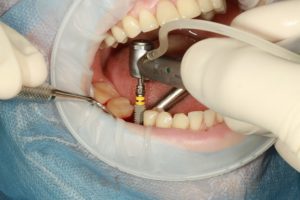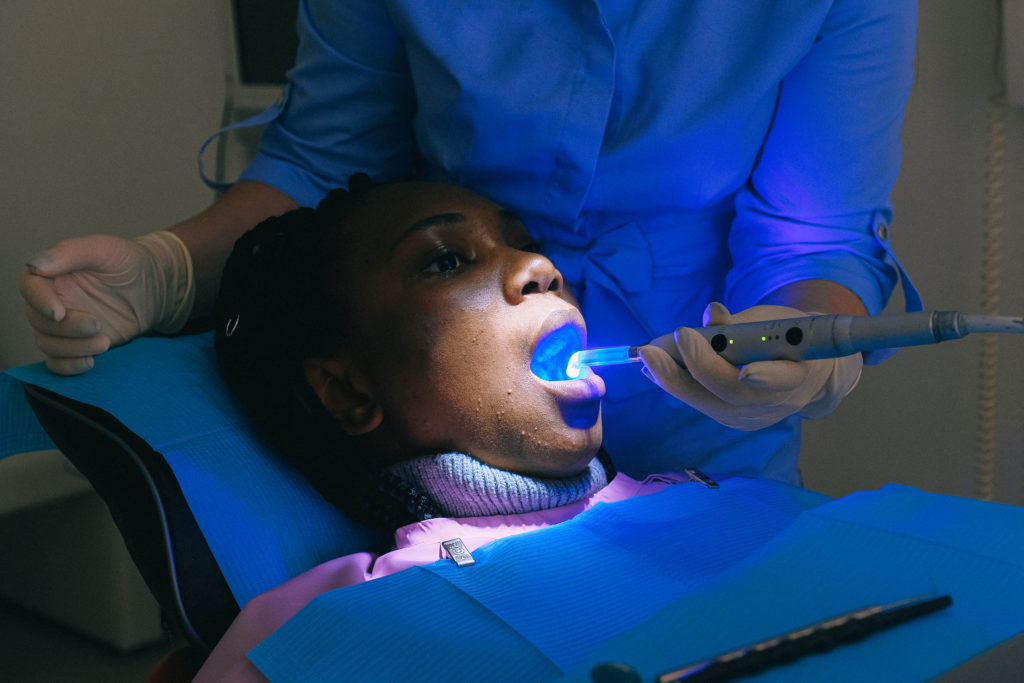One of the key questions surrounding online dating is whether these platforms lead to long-term relationships. Some 53% of adults under 30 have ever used a dating site or app – including a quarter who have used one in the past year. This compares with 37% of those ages 30 to 49 who have ever tried online dating and smaller shares of those 50 to 64 (20%) and 65 and older (13%) who say the same.
- “They are being tricked meeting up with people. And once they are getting there, they are actually taking money from them and things like that.”
- Additionally, male profiles that had a biography received 69 matches while those without received only 16 matches .
- There are also useful questionnaires that give you insight into your actually any traits and compatibility skills, which can help australia online dating game regardless of really hookup you end up using the most.
- According to Pew’s survey, 44 percent of online daters say they are looking for a long-term partner, 40 percent are interested in casual dating, 24 percent want casual sex, and 22 percent are just interested in friendship.
Pluralities also believe that whether a couple met online or in person has little effect on the success of their relationship. There are some groups who are particularly wary of the idea of meeting someone through dating platforms.
Tip 2: Build a genuine connection
Dating experts reveal the common blunders singles make with their photos, bios and prompts. Here are the new rules around ending a relationship by Zoom or texts.… Read the rest
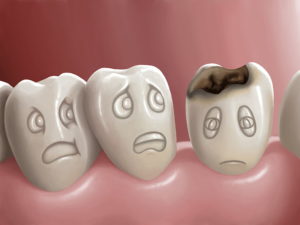
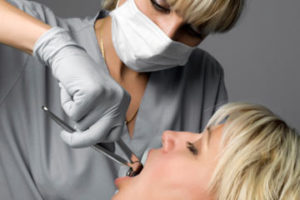
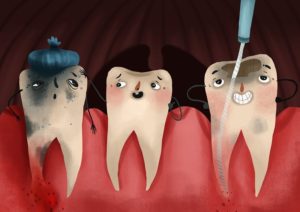 Pulp, the innermost part of our tooth, is made up of blood vessels, nerves, and connective tissues responsible for the growth of our teeth. A
Pulp, the innermost part of our tooth, is made up of blood vessels, nerves, and connective tissues responsible for the growth of our teeth. A 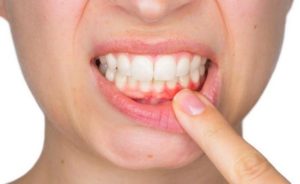 Gingivitis is a common disease, more common than we think it is. It is the early stage of gum disease, mainly due to poor oral habits and hygiene. It is caused when the remains of food particles get mixed with saliva and bacteria in your mouth and form a plaque. This plaque then sticks to the outer part of your tooth, which is very hard to remove by brushing. Only a qualified dentist can clean it.
Gingivitis is a common disease, more common than we think it is. It is the early stage of gum disease, mainly due to poor oral habits and hygiene. It is caused when the remains of food particles get mixed with saliva and bacteria in your mouth and form a plaque. This plaque then sticks to the outer part of your tooth, which is very hard to remove by brushing. Only a qualified dentist can clean it. 